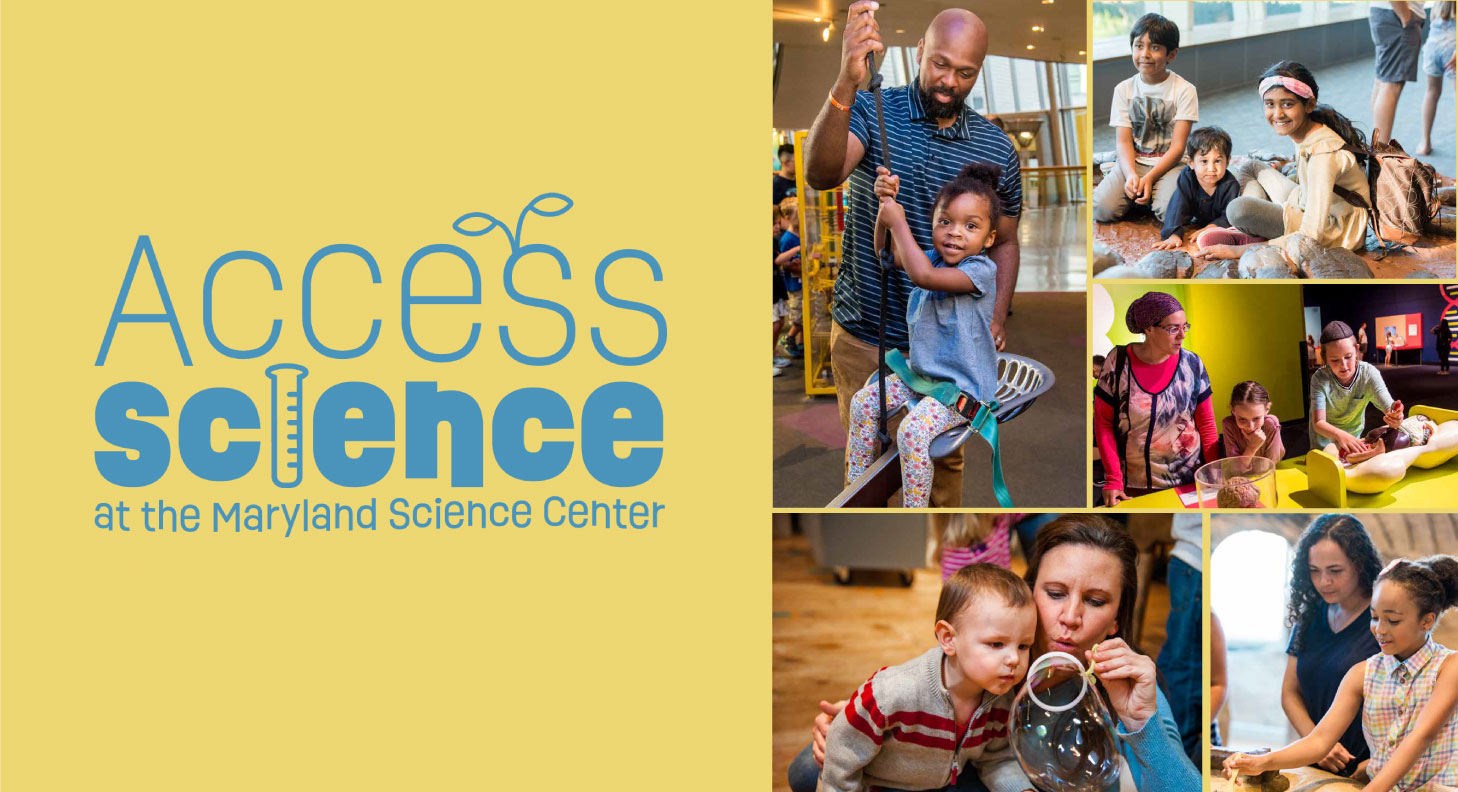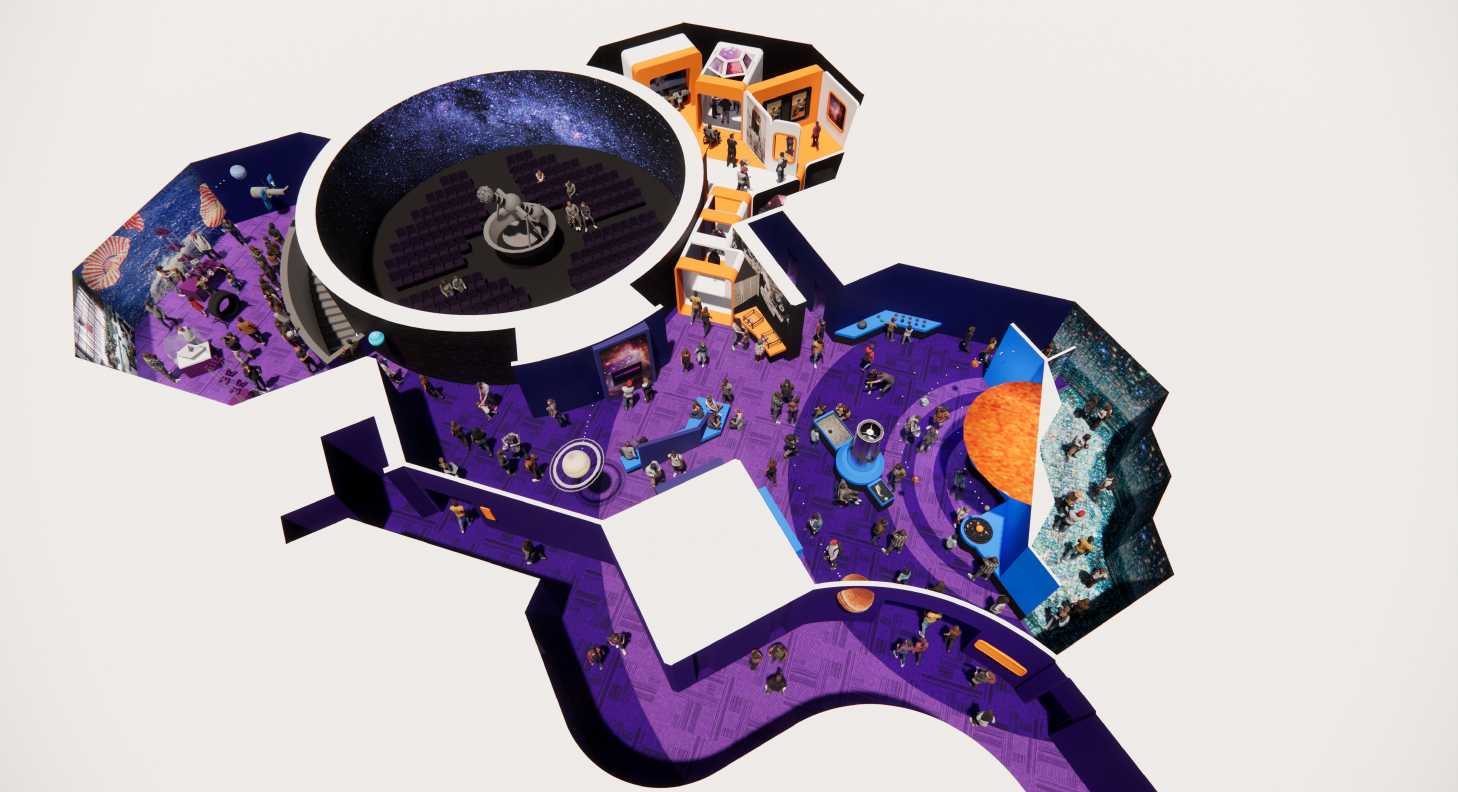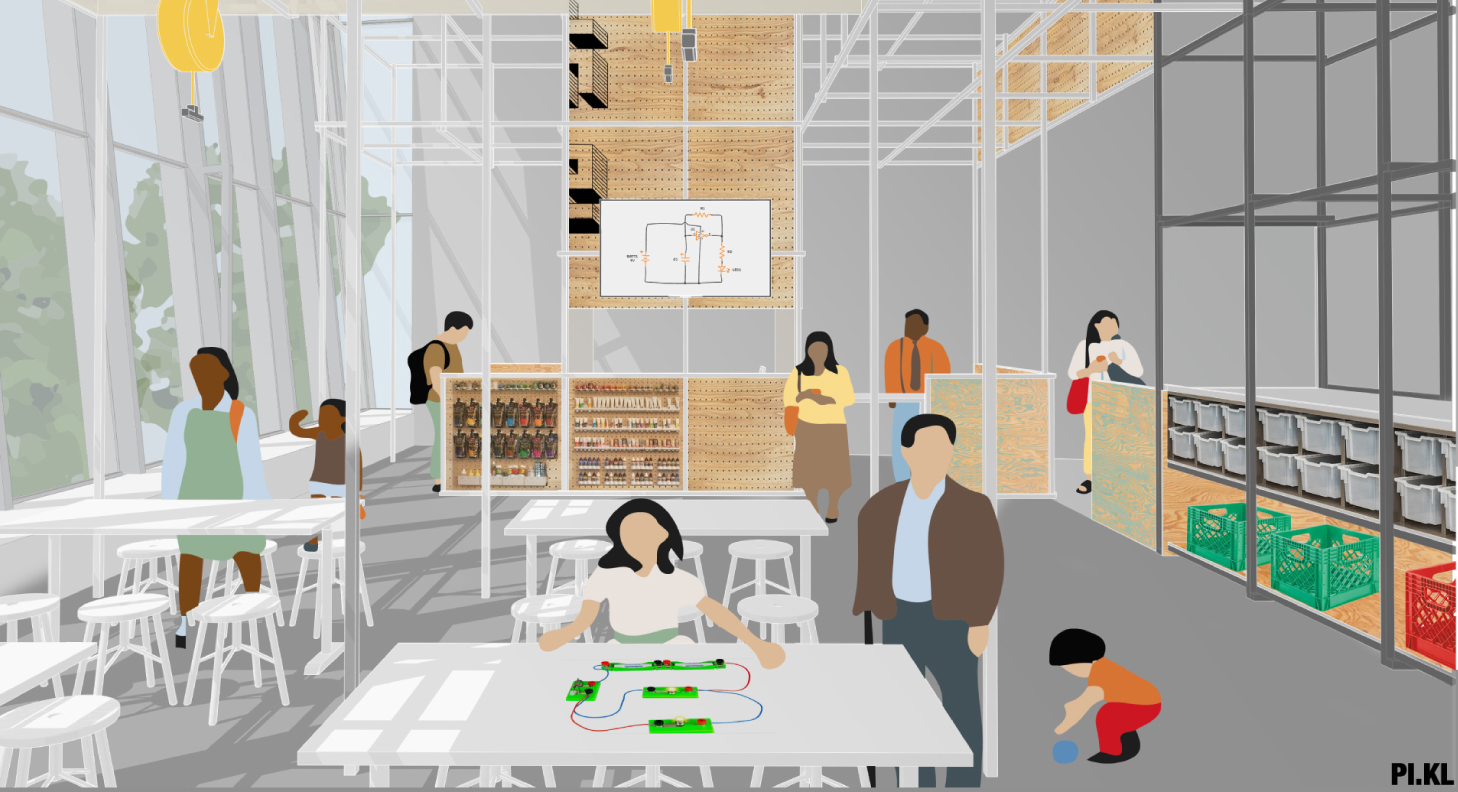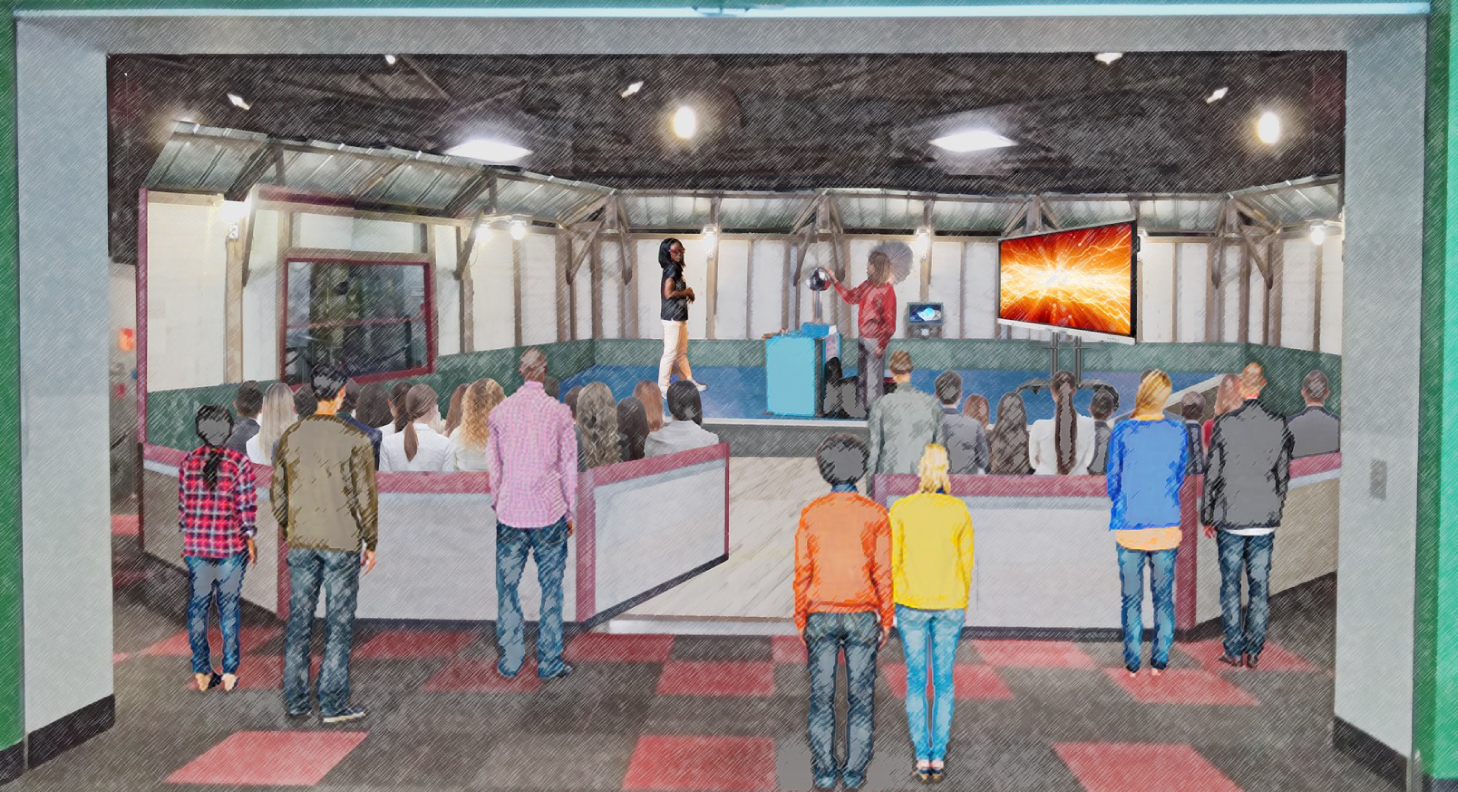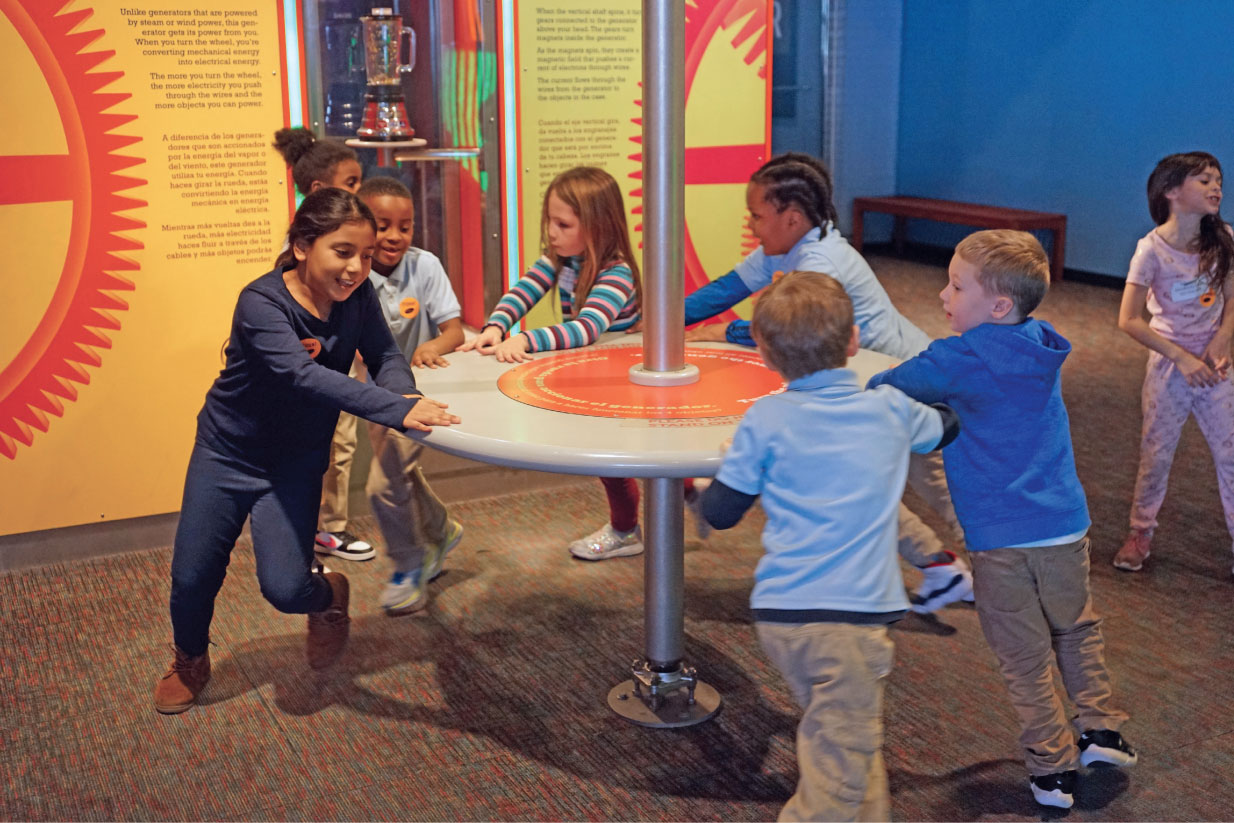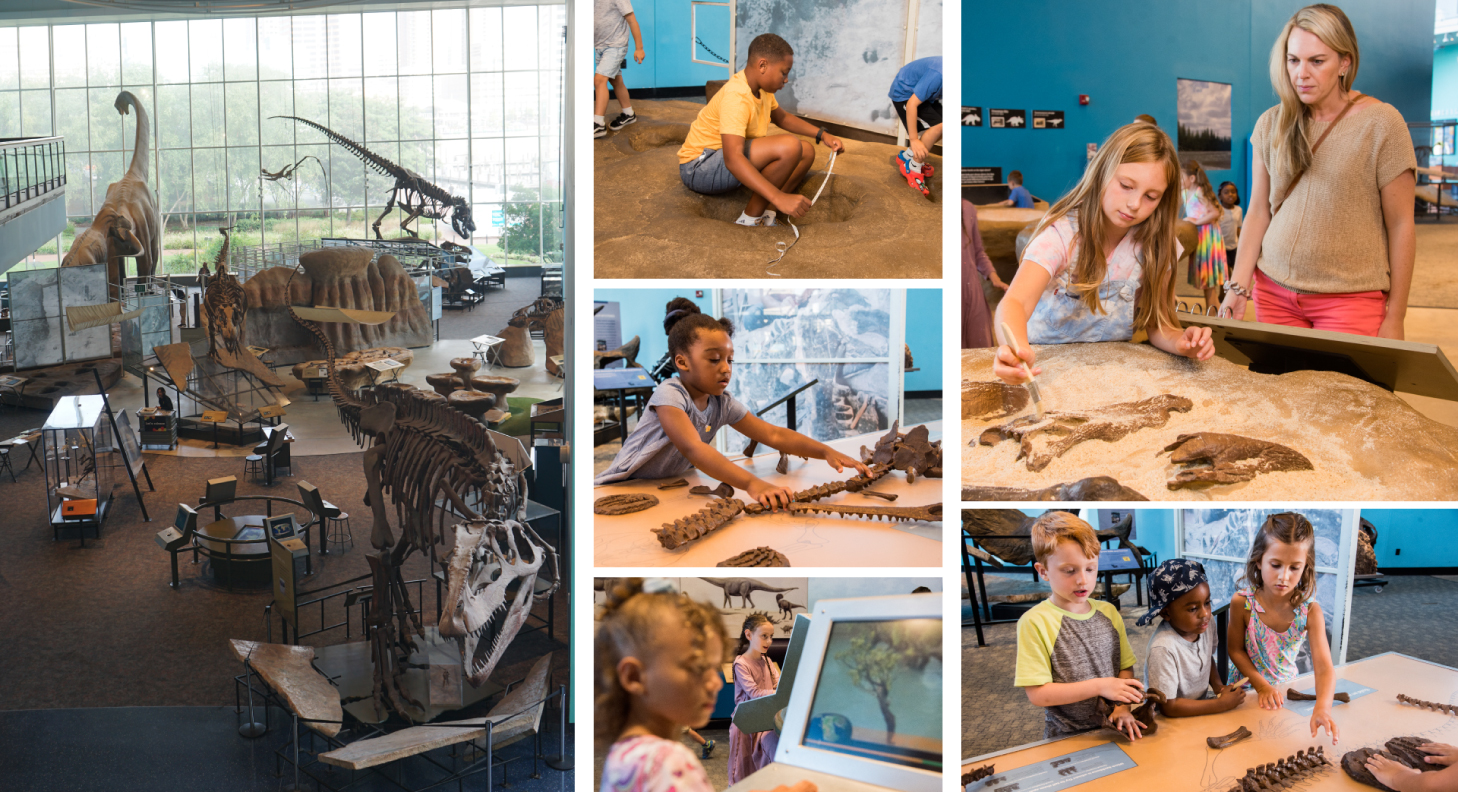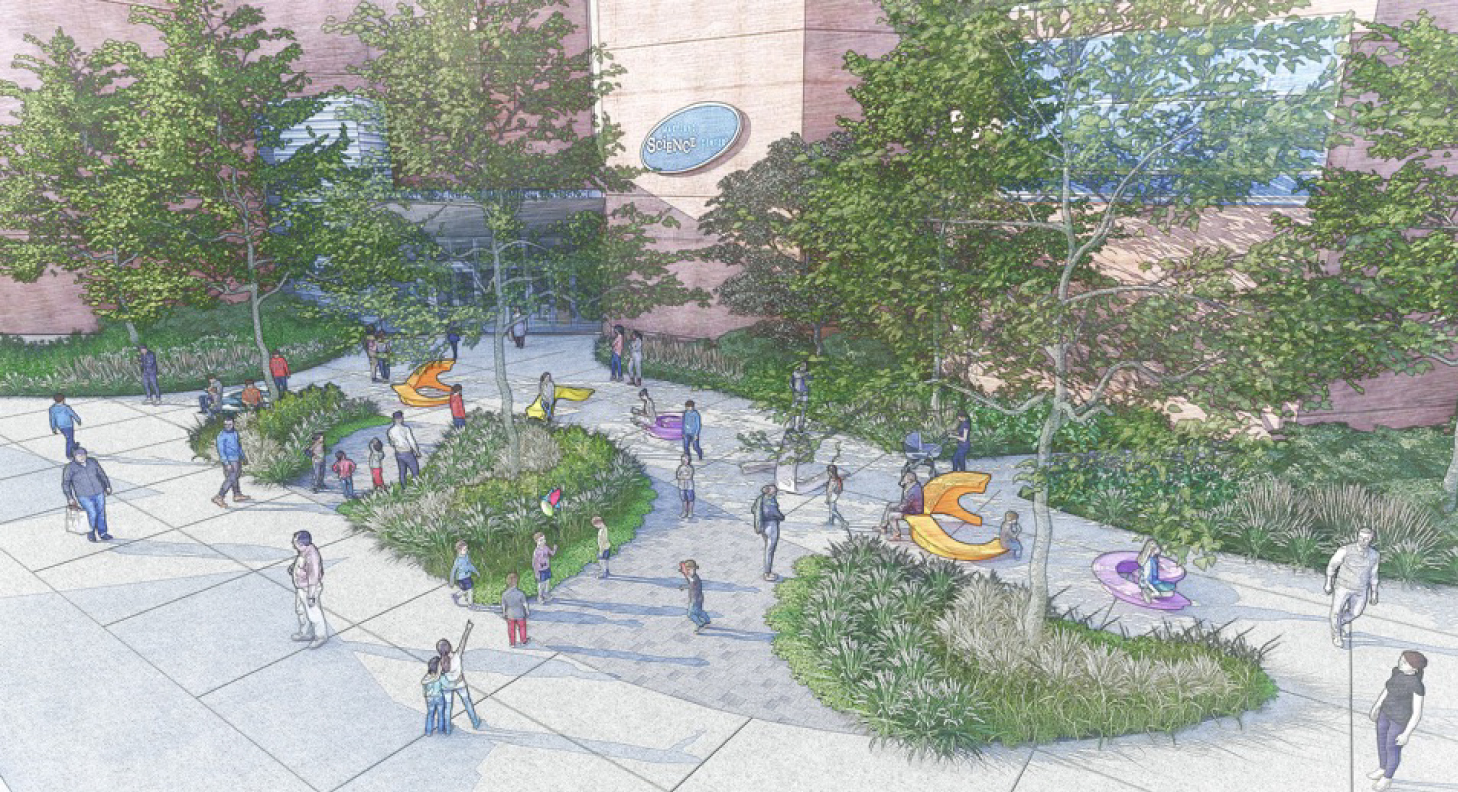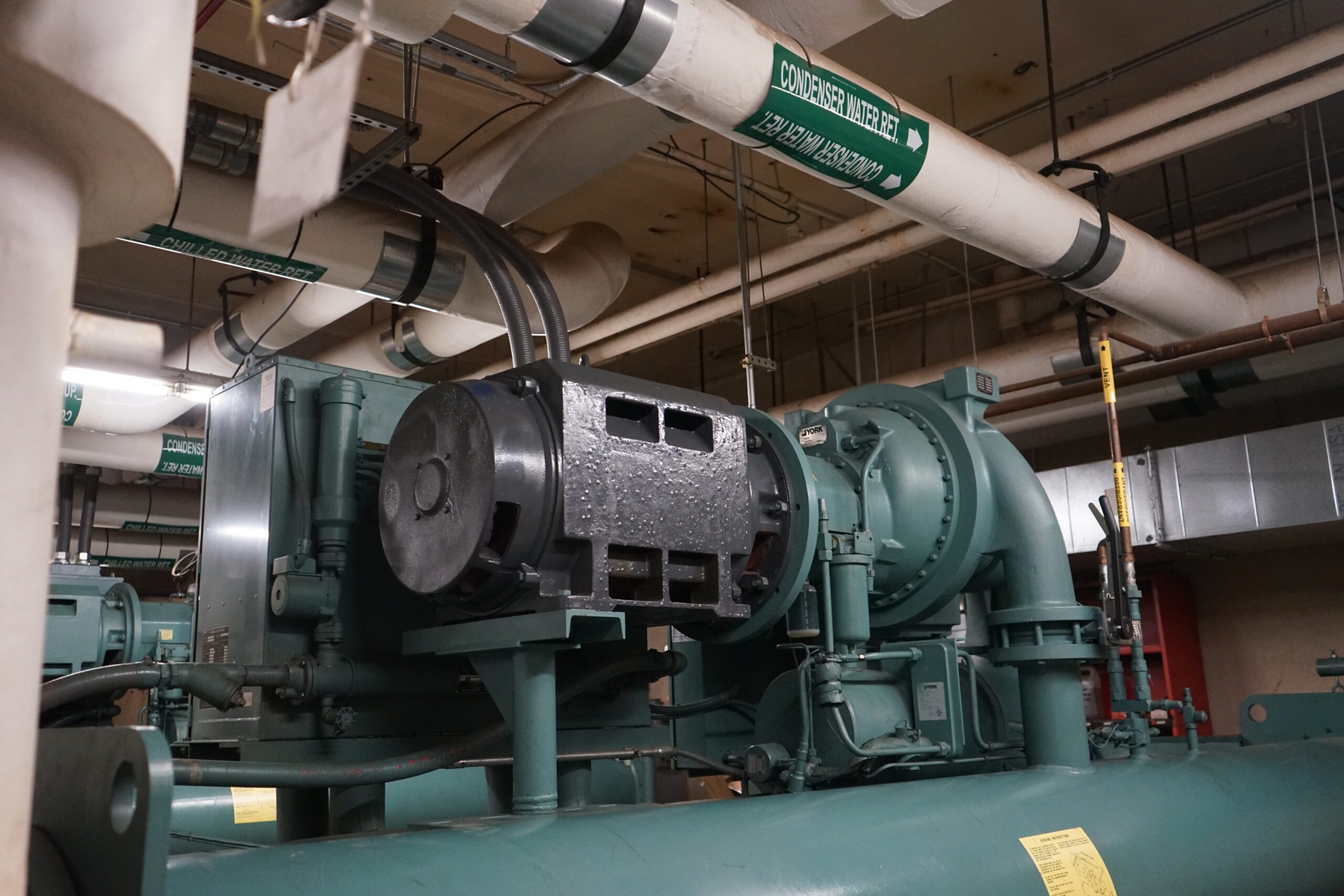Mission & History
We are the Maryland Science Center. We inspire. We empower. We engage. Let’s science!
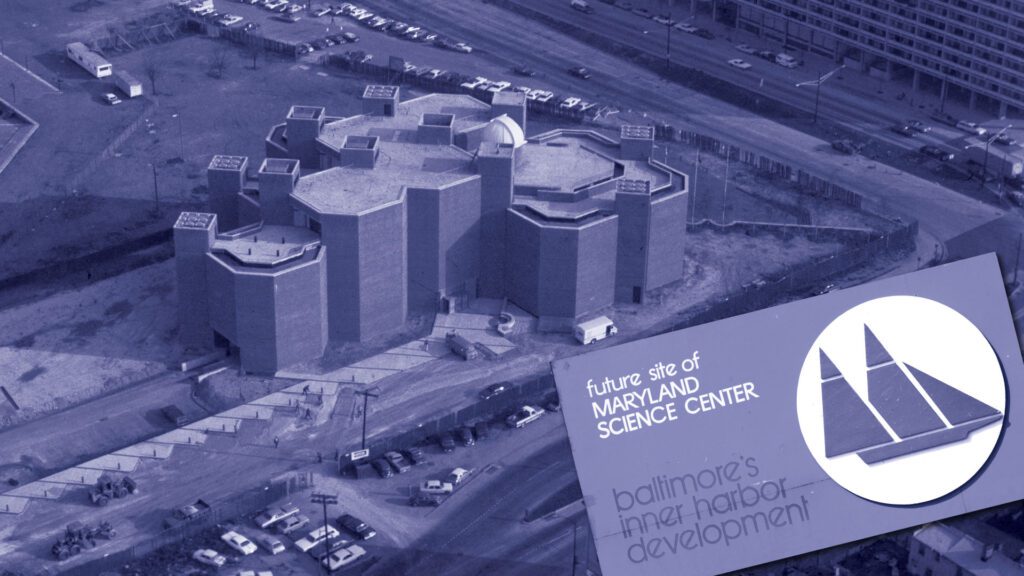
The early years
The Maryland Science Center has been sharing its love of science since its inception as the Maryland Academy of Sciences in 1797—the first scientific institution in the state, and one of the oldest institutions in the entire country.
In 1961, the Greater Baltimore Committee proposed to establish a permanent location for the Academy and in 1966 a site on the Inner Harbor was secured by Baltimore City voter approval.
The goal for building a science center was to provide a well-equipped facility to serve as a headquarters for statewide scientific activities—both professional and amateur, and to play an active role in stimulating young people’s scientific interests and pursuits.
1970s
The Maryland Science Center made its official debut with a grand opening to the public on Sunday, June 13, 1976.
In our first years, we hosted scores of school field trips, zig-zagged across the state visiting schools with our Traveling Science Program, and relied heavily on volunteers to fill numerous vital roles that helped bring science to life.
Early visitors to the Science Center may still recall Mort and Myrt, our two Aniform mascots. More puppet like than cartoon, these two-dimensional forms would greet visitors and aid in different live science demonstrations.
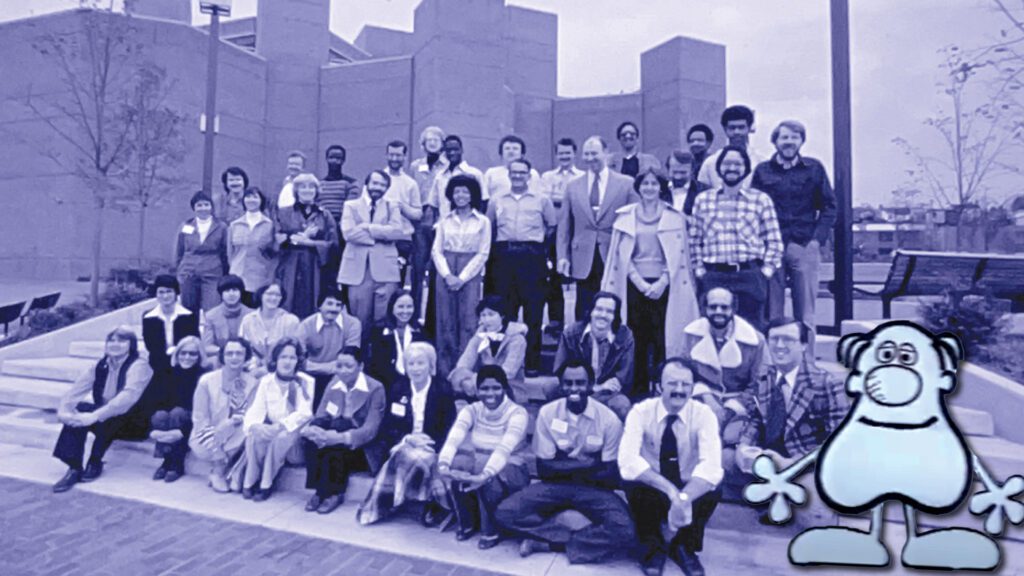
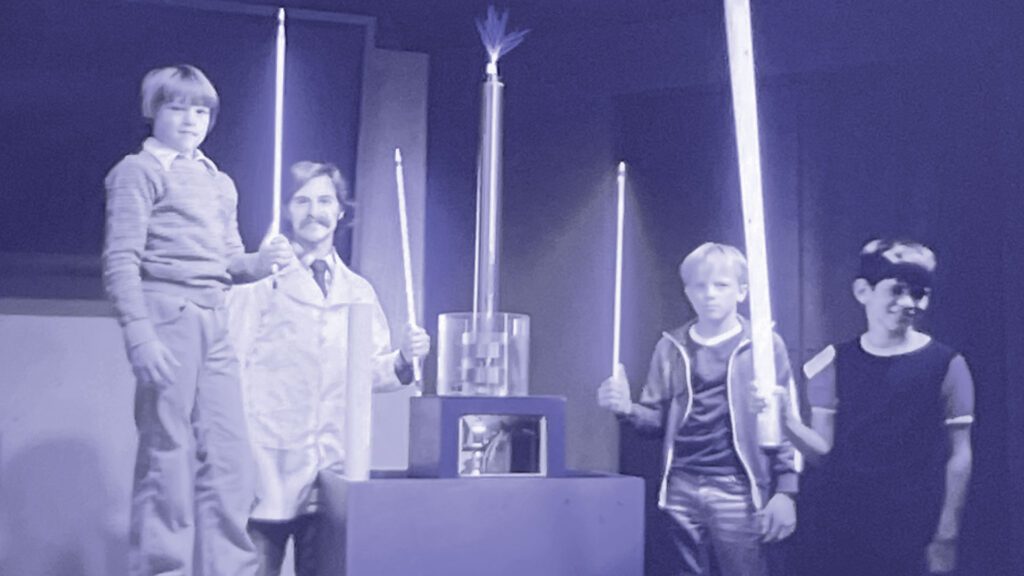
1980s
By the 1980s, the Maryland Science Center really started to come into its own.
The Alvan Clark and Sons telescope at the Enoch Pratt Library found its forever home at our rooftop observatory.
Energy, our first continuous exhibit, dazzled school groups by presenting scientific concepts through individual personal experience and participatory demonstrations.
Camp-In, our overnight program designed for scouts made its debut.
Our IMAX theater featuring an impressive five-story, 75-foot-wide screen opened—all before the decade’s end.
1990s
The Science Center closed out the 20th century with new exhibit offerings and programs that utilized our trademark style of combining science with fun.
From exploring the wonders of the universe through the eyes of the Hubble Telescope to translating issues surrounding women’s health. From establishing an on-site summer camp program, Camp MSC, to exploring topics like bubble-ology in a Saturday science program, and more.
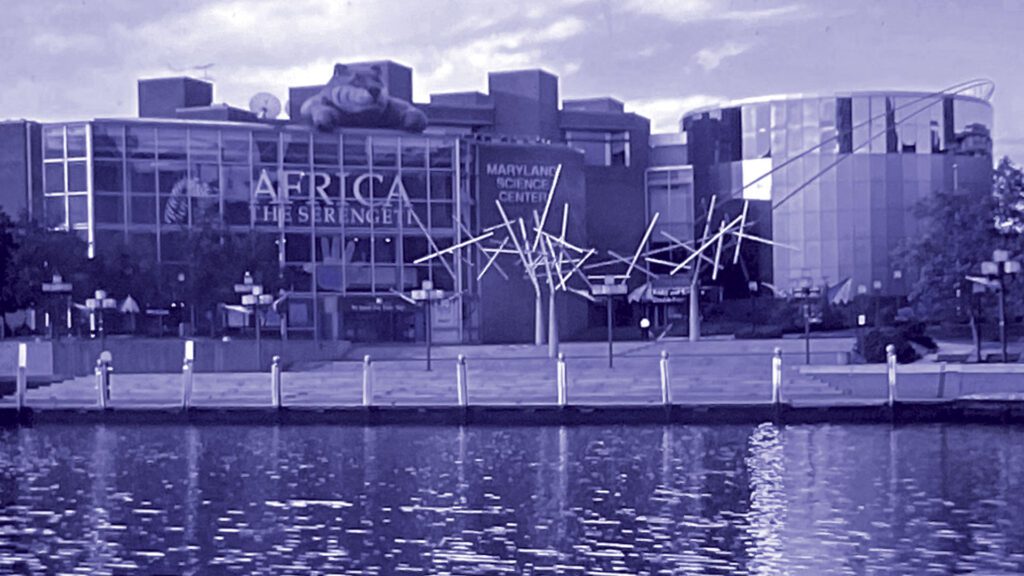
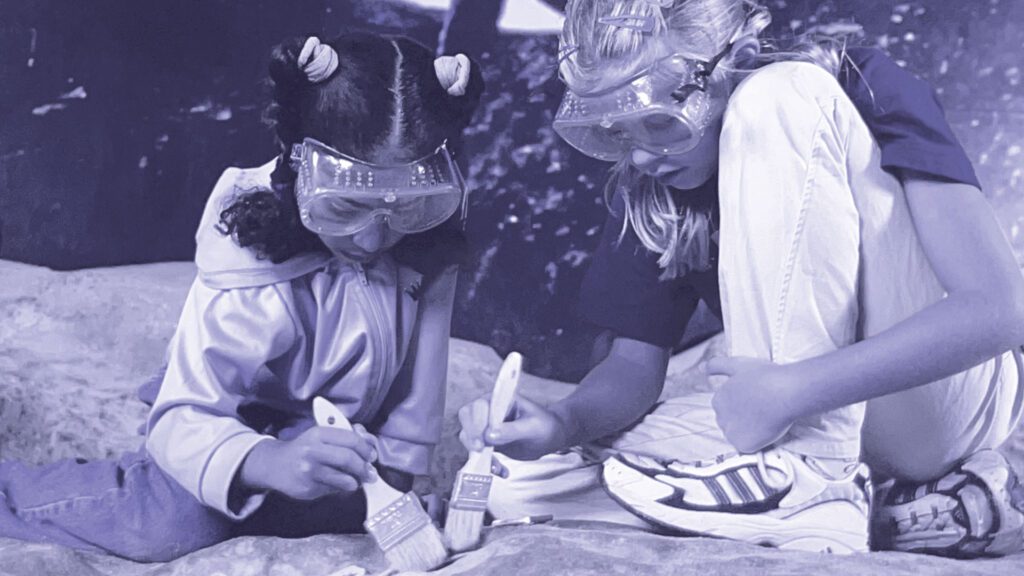
2000s
Renewal and upgrades were the themes of the new millennium.
Starting with a renovation of our IMAX theater, the Maryland Science Center became the first in the state to bring 3D films to a giant screen.
During this decade, our innovative Kids Room experience opened along with a 42,000 square foot expansion which included two of our most iconic exhibits Dinosaur Mysteries and Newton’s Alley.
2010s
In the 2010s the Maryland Science Center expanded on our commitment to engage people of all ages through our unique brand of science.
At the top of the decade we introduced Family Science Night, a new outreach initiative devoted to family fun, community building, and science learning.
We infused excitement into our daily science demo schedule with rooftop watermelon drops, ping-pong cannon explosions, foamy liquid nitrogen eruptions, and slime—lots of slime.
We embraced the DIY spirit and opened a maker space to further demonstrate how learning is enhanced with hands-on, participatory experiences shared with others.
We went digital with a state-of-the-art digital projection system in the St. John Properties IMAX Theater.
And we didn’t forget about the grown ups! From Science Uncorked to Music Under the Dome, we created a whole new set of programing for adult audiences.
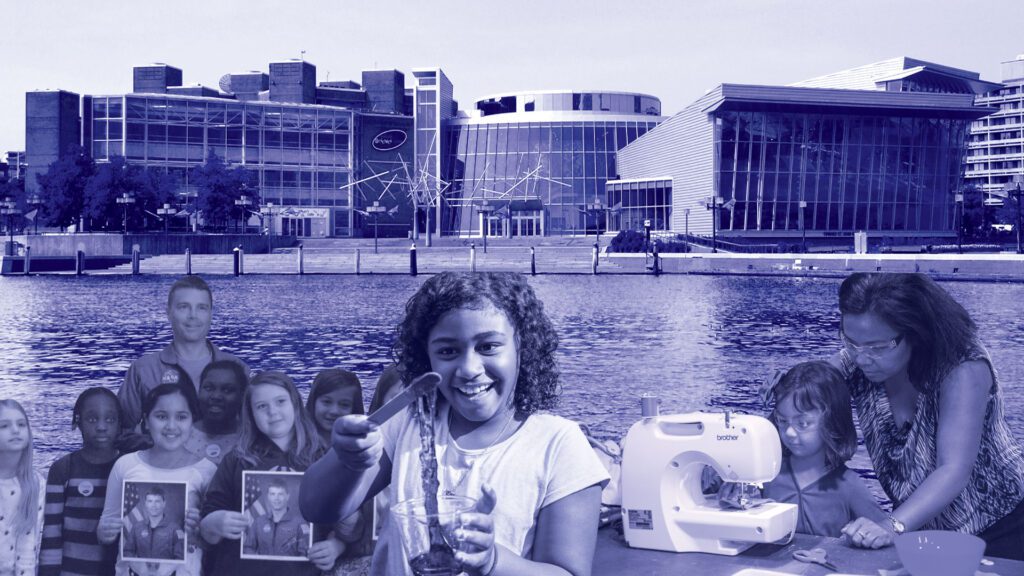
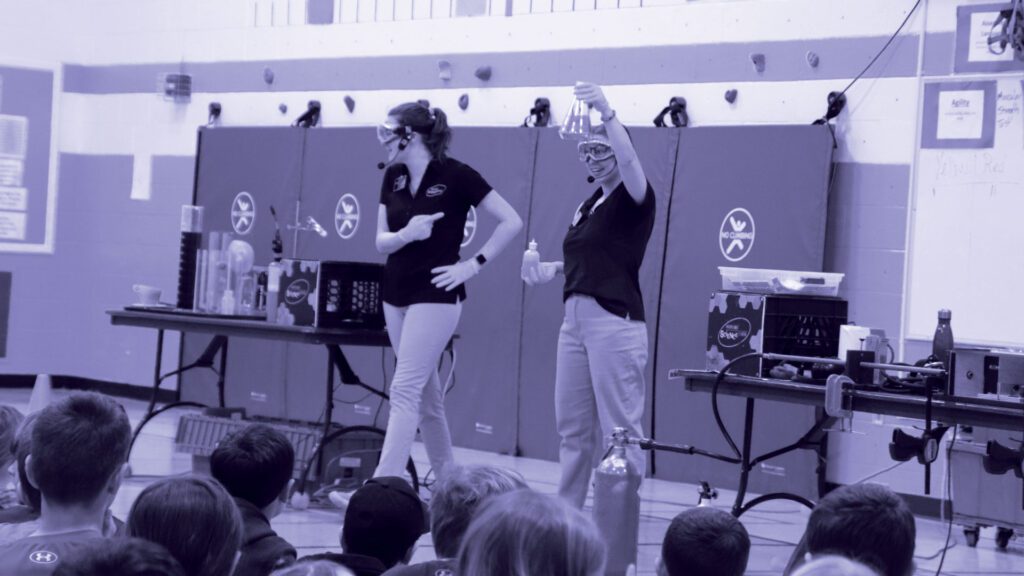
2020s
The 2020s have been a time of innovation at the Science Center.
The global COVID-19 pandemic challenged us to explore new ways of serving our mission—sometimes from home.
Thanks to the generosity of corporate and foundation partners, the Science Center was able to upgrade the planetarium to a new laser projection system, unveil new exhibits, develop new programmatic offerings, and renew our commitment to provide free field trip visits for all Maryland students, teachers, and chaperones.
the best is yet to come
Today, as it has been in the past, the Maryland Science Center continues to focus on remaining a vital community resource and economic development engine now and in the future. In celebration of the Maryland Science Center’s 50th anniversary and, perhaps more importantly, our aspirations for the next 50 years, the Science Center has announced its intentions for the largest transformation since the building’s 2004 expansion.
Through enhanced access programs, sustainability focused renovations, and new and transformed exhibits spaces, we are ensuring that the Science Center remains accessible, wide-ranging, and relevant for the next generations.
